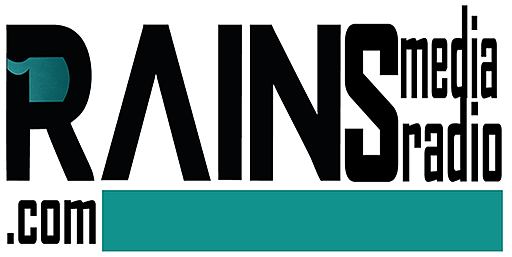The Lagos State government has issued an urgent evacuation warning to residents in low-lying areas of Lekki, Ikorodu, Ajegunle, and Eti-Osa, citing severe flood risks from heavy rainfall forecast through August 10, 2025.
As a coastal city, Lagos faces heightened vulnerability to climate change, with 70% of its 21 million residents living in flood-prone zones. The warning follows a 15-hour downpour that submerged homes and vehicles in Ijede, Ikorodu, and parts of Lekki, paralyzing trade in Nigeria’s commercial hub, which accounts for 35% of the nation’s GDP.
Environment Commissioner Tokunbo Wahab urged residents in Majidun, Ikorodu, and the Lekki corridor to relocate to 20 upland shelters, including Epe’s civic center, designed for 5,000 people. The Nigerian Meteorological Agency forecasted 200 millimeters of rain, 30% higher than 2024, exacerbating risks from clogged drains, with only 40% of drainage systems functional due to urbanization. The state deployed 500 emergency responders and allocated ₦1 billion for relief, but 2024 floods, which displaced 10,000 in Ikorodu, highlight ongoing challenges.
Lagos’s coastal geography, with 33% of its land below sea level, amplifies flash flooding, worsened by 59% wetland loss from urban development since 2015. The government’s Resilience Strategy, aiming to dredge 100 kilometers of canals by 2026, is only 30% complete, leaving areas like Victoria Island, where 60% of properties are at risk, exposed. Critics argue poor planning, with 20% of the state’s budget misallocated, hinders progress, while 50% of residents resist evacuation due to past relief mismanagement.
Governor Babajide Sanwo-Olu emphasized ongoing drainage projects, like Lekki’s System 44, and urged residents to avoid dumping waste in canals. With 15 million Nigerians at flood risk across 30 states, Lagos’s response, backed by ₦200 billion in 2025 flood control funds, tests its resilience as climate-driven rains threaten $2 billion in economic losses.


